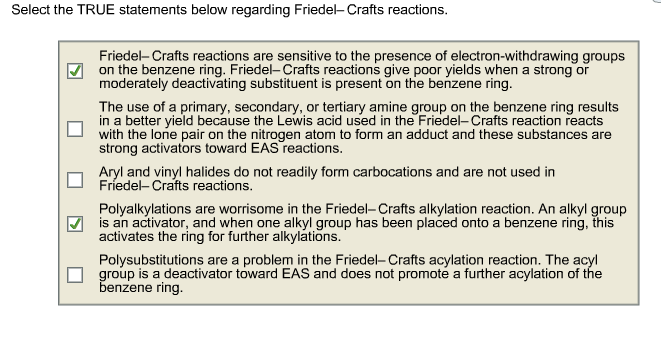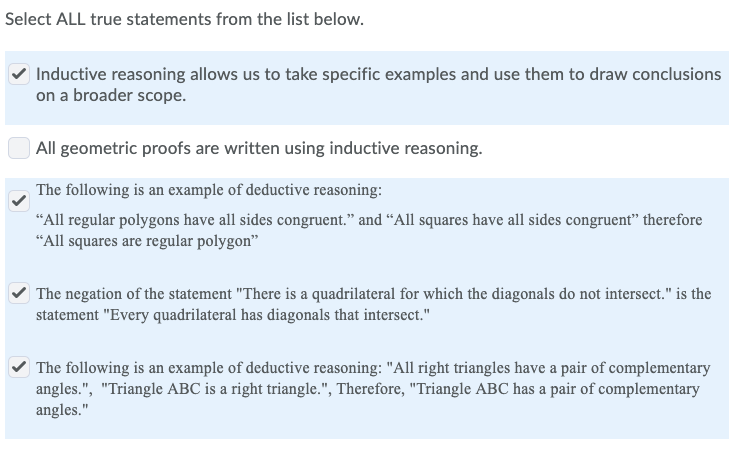
If the slide can be rotated 90 degrees, or if another urate crystal can be found parallel to the reference arrow, the crystal will be yellow. A common convention among house officers is the word BRAG if a Blue crystal is at Right Angles to the reference arrow, Gout is likely (the crystal is monosodium urate). A reference arrow inscribed on either the analyzer or the compensator plate allows identification of crystals. Moving the red compensator into the light path will produce a blue or yellow color to birefringent particles. Although monosodium urate crystals are typically long and needle shaped, one should not rely on morphology for identification. Birefringent crystals appear light against the dark background. The polarizer or analyzer disc is then turned until the field becomes dark. When the light is reduced by the condenser, it is often possible to see crystals, if present. Under high dry magnification, an estimate of the cell count and the proportion of polymorphonuclear cells (PMN) can be ascertained. To examine for crystals, the wet mount is placed on a polarizing microscope and the cells or other particulate matter brought into focus under low power. Chemistry determinations should be done promptly or else the fluid should be centrifuged and the supernatant refrigerated. Cell counts and crystal examination can be performed on fluid that is 1 or 2 days old, if refrigerated, though there will be some cell loss. Any remaining fluid may be placed in an appropriate tube and sent for complete blood count, differential, and those tests deemed most useful. Normal fluid will form a string 5 to 8 cm in length before breaking. Viscosity can be checked by observing the length of the string formed as the syringe is pulled away from the slide. The edges may be sealed with clear nail polish if the slide will not be examined immediately. One drop should be spread on one of the glass slides for gram stain, and another drop should be placed on the other slide for crystal examination and covered with a cover slip. If a smaller amount of fluid is obtained, the first few drops should go into the culture tube. The following materials should be available before an aspiration is performed:

The physician should develop some facility in performing and interpreting a microscopic examination, in the event that the laboratory is not always immediately accessible, or if the laboratory report is questioned. Consequently, it is prudent to specify the desired tests rather than simply request a "routine" analysis.

Recent studies have shown a considerable variation in what various laboratories consider to be routine and in the accuracy of their reports. The mucin clot test can be done, but adds little to the viscosity, white blood cell count, and differential as a measure of inflammation. Special cultures and chemistries may be indicated in unusual circumstances. Glucose and protein are ordered only if there is sufficient fluid. As a minimum, a white blood cell count with differential, a microscopic examination under polarized light for crystals, a gram stain, and bacteriologic cultures should be done. Therefore, it is the responsibility of the examining physician to record a gross description of the fluid (volume, color, clarity, and viscosity). There is no routine for joint fluid analysis.


 0 kommentar(er)
0 kommentar(er)
